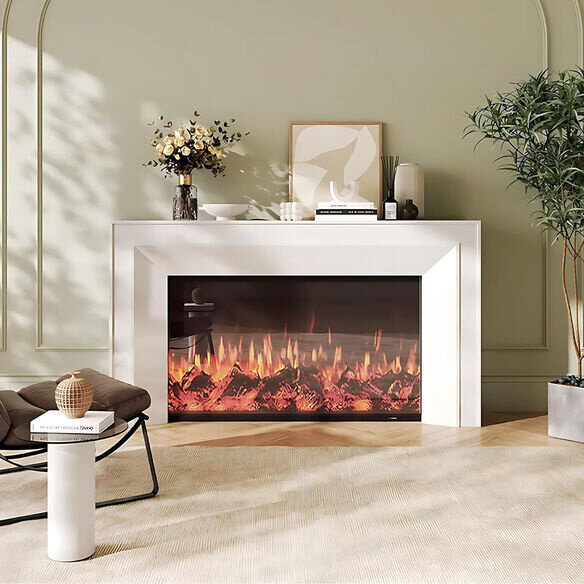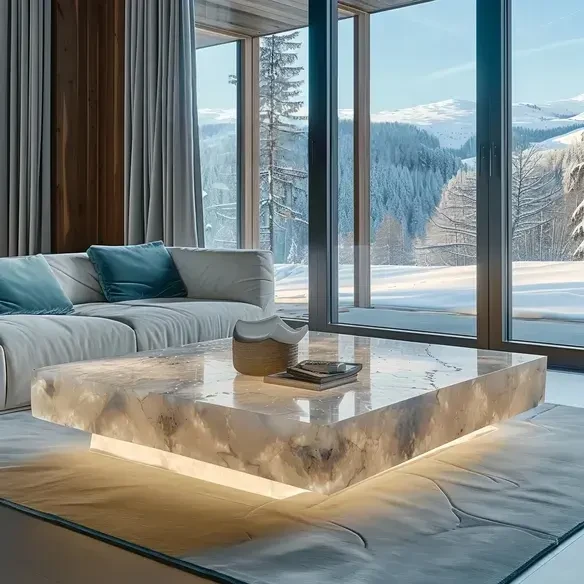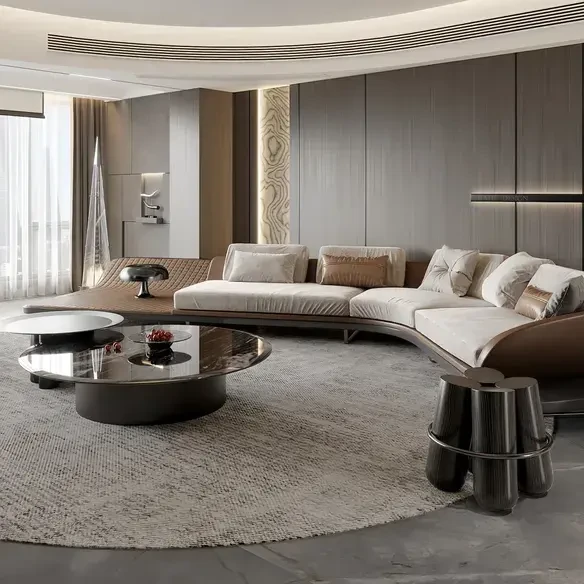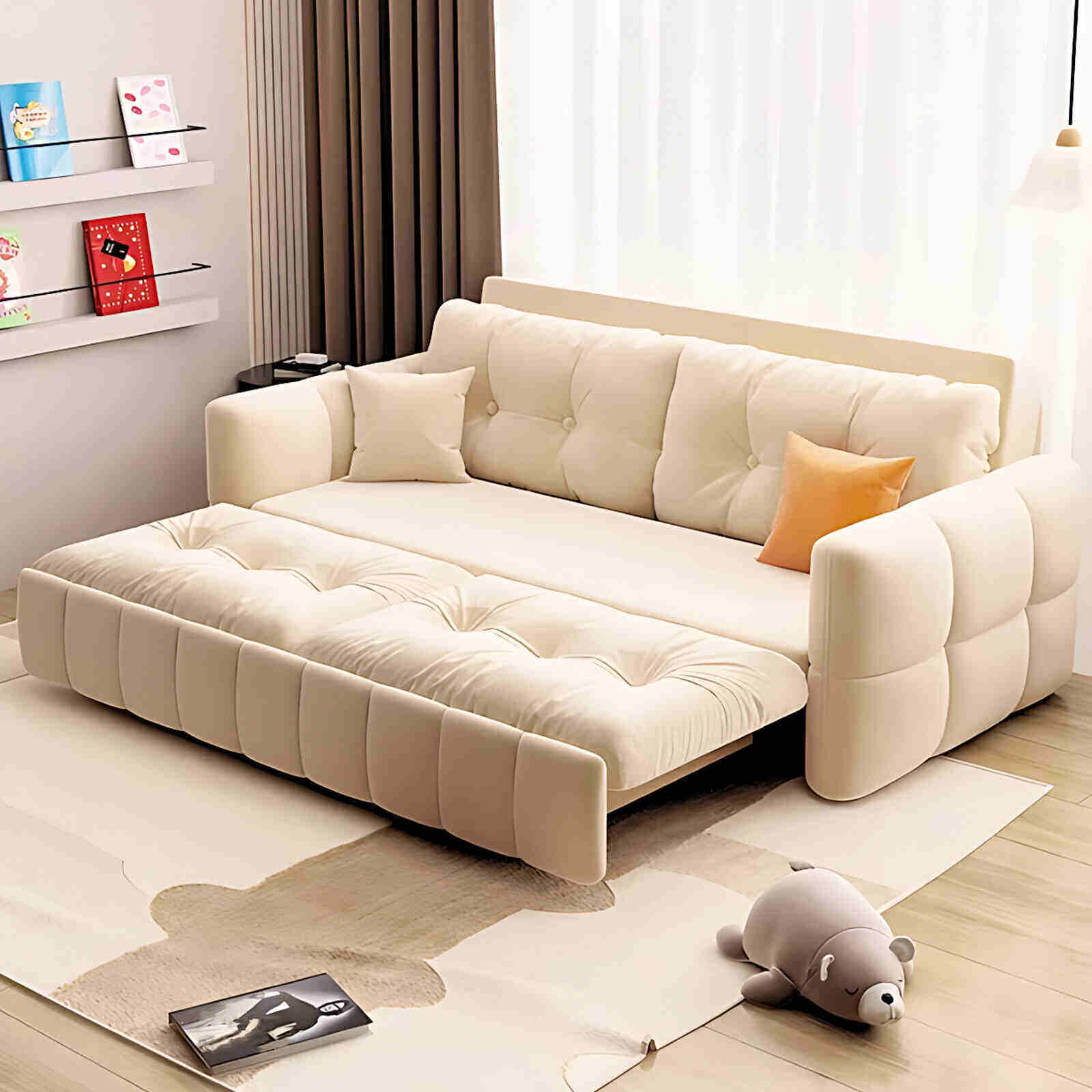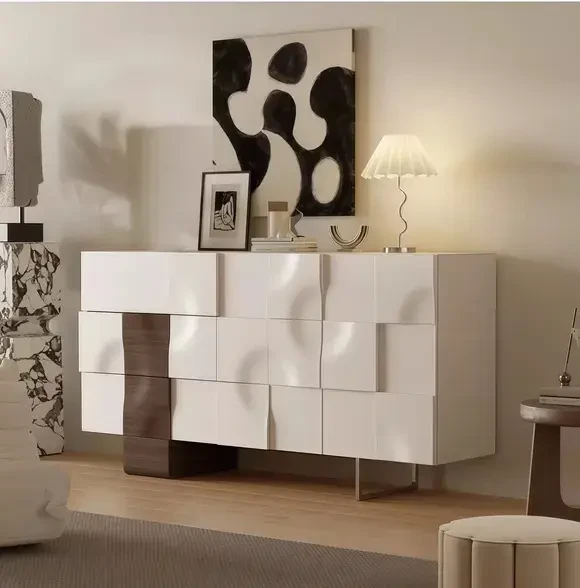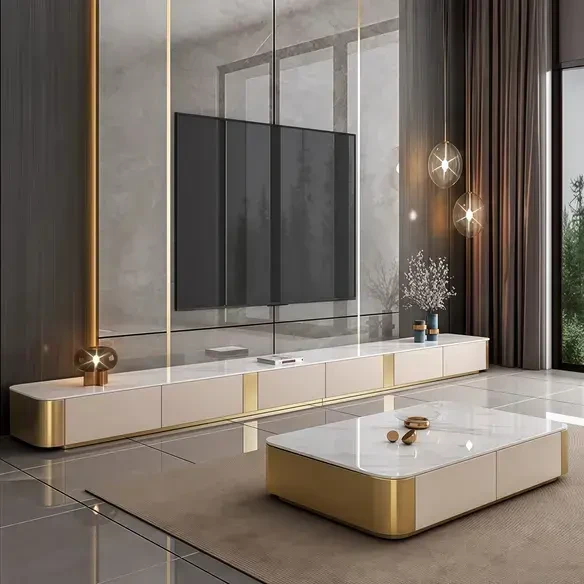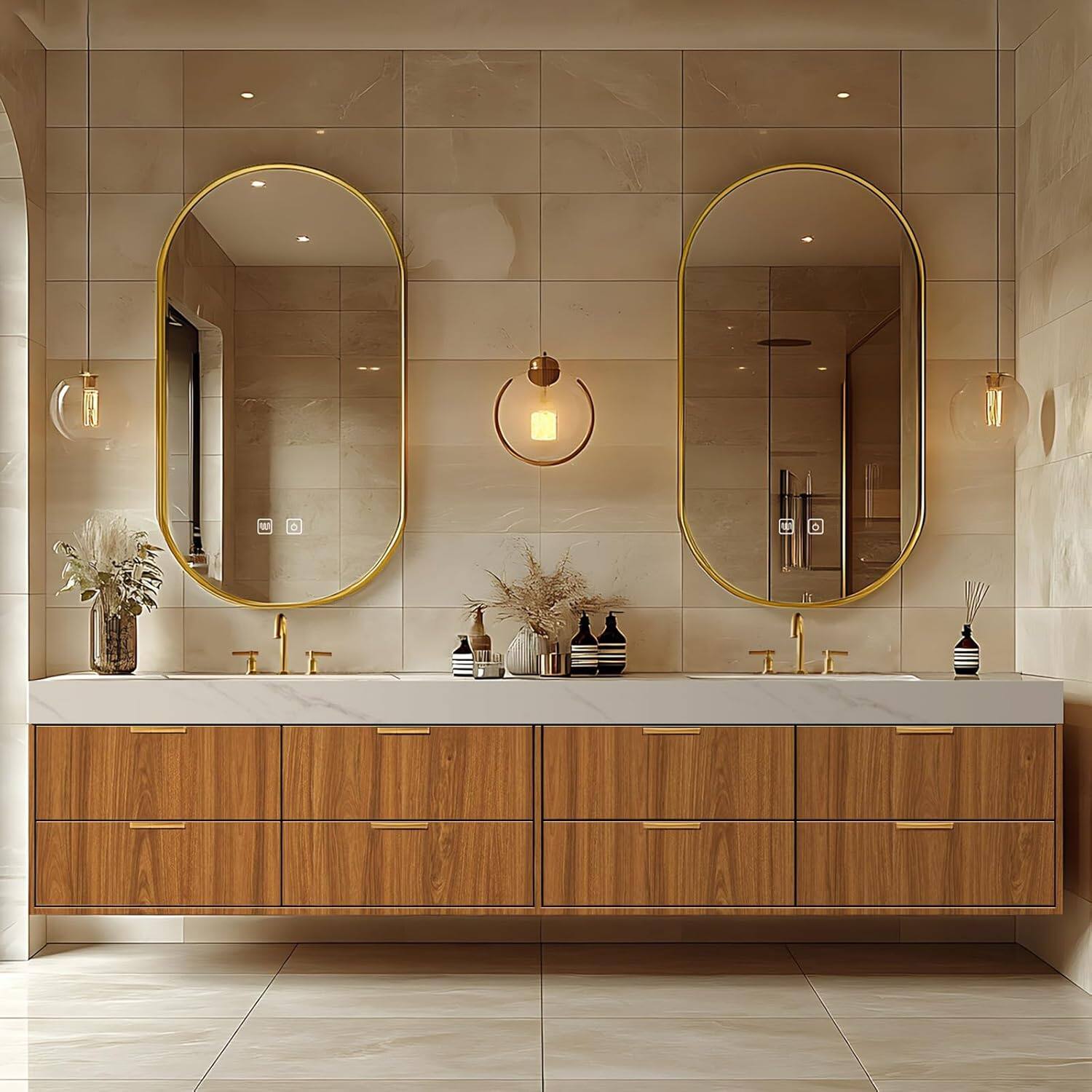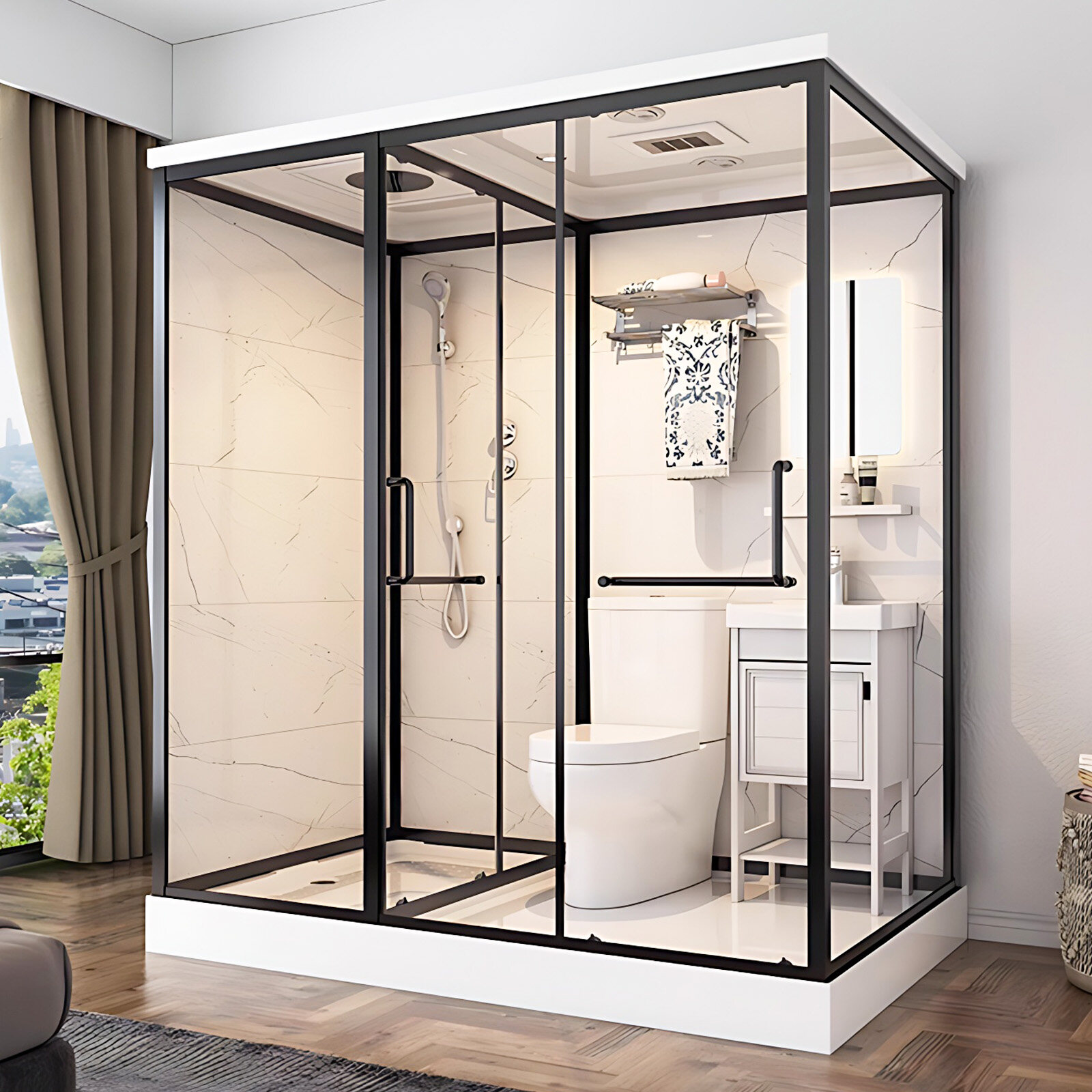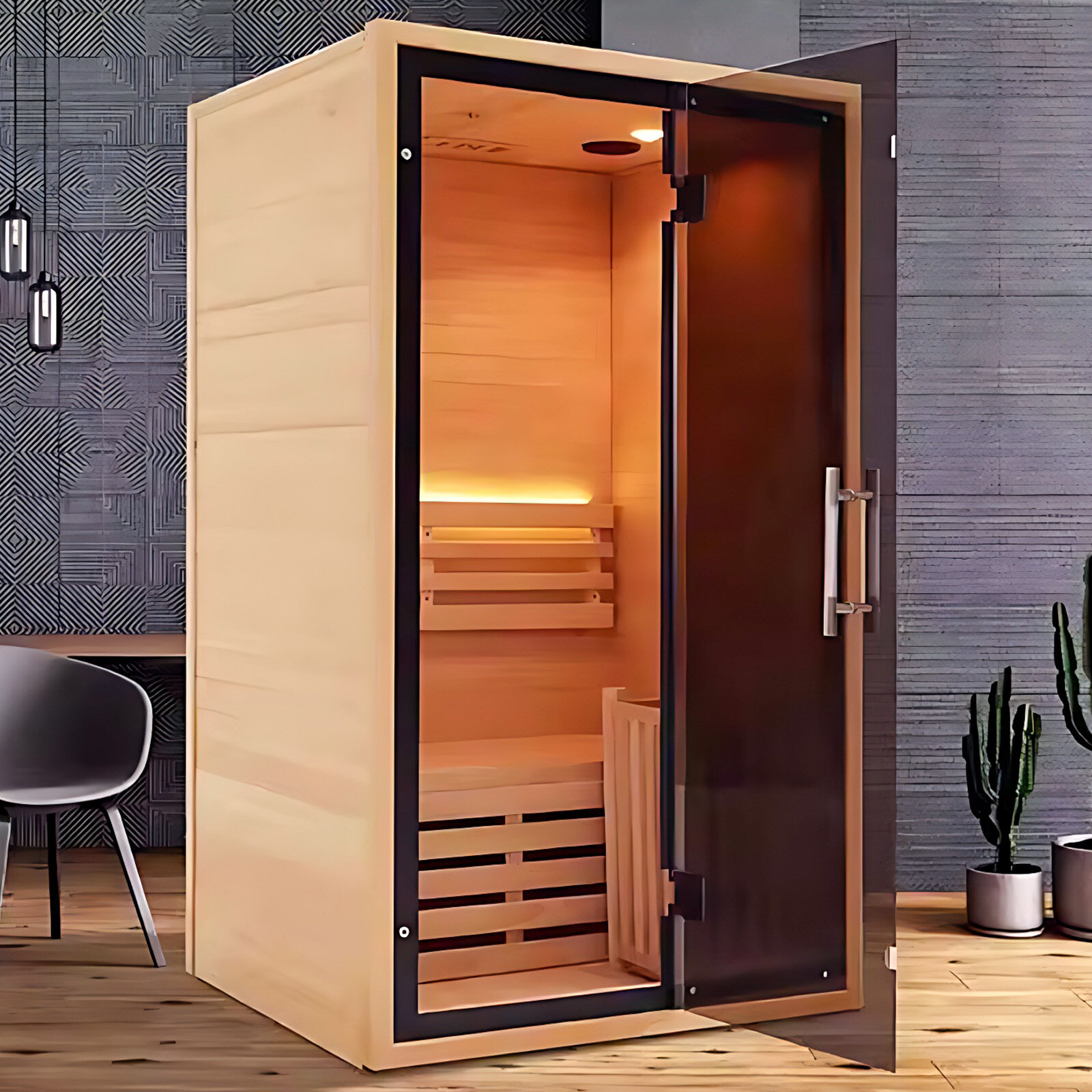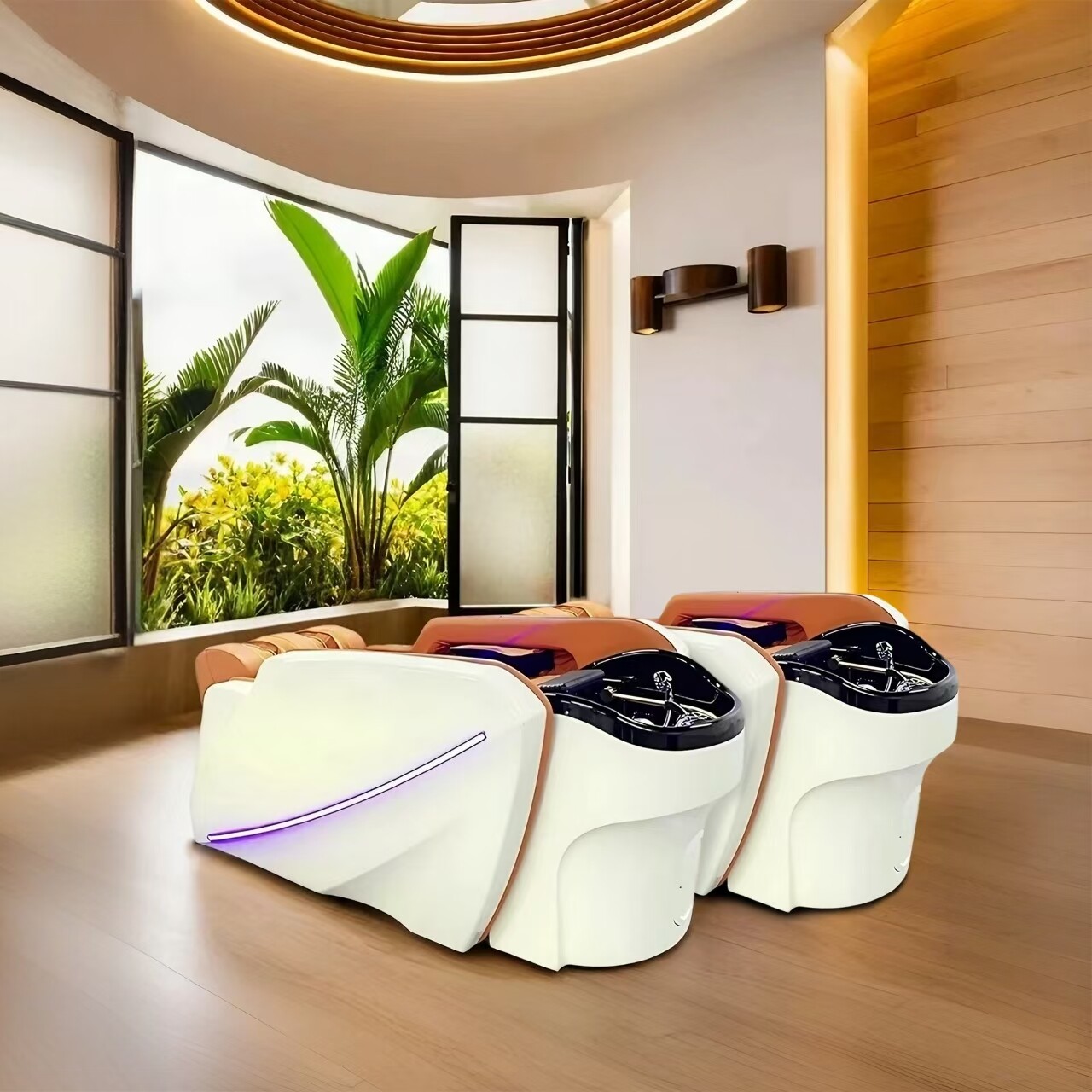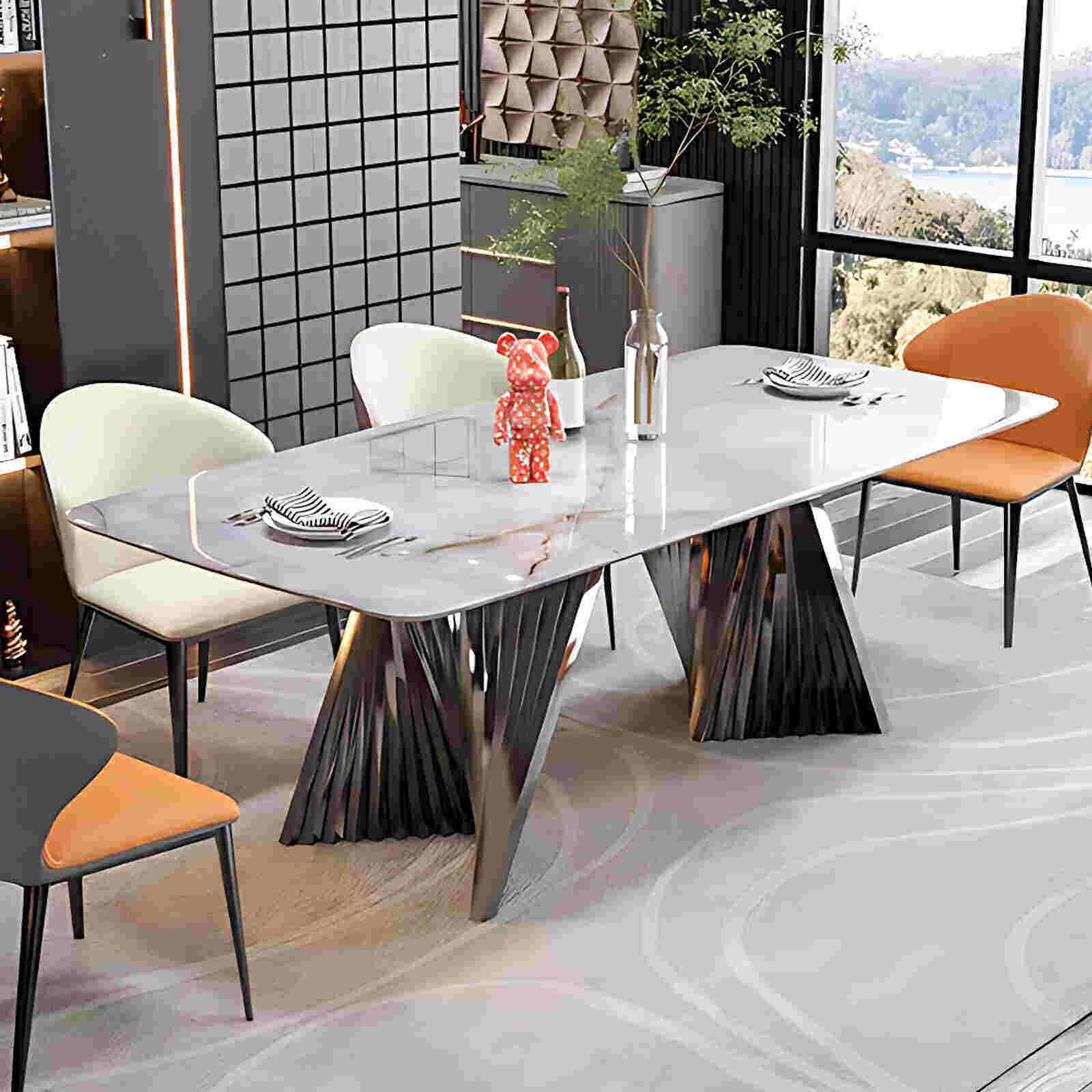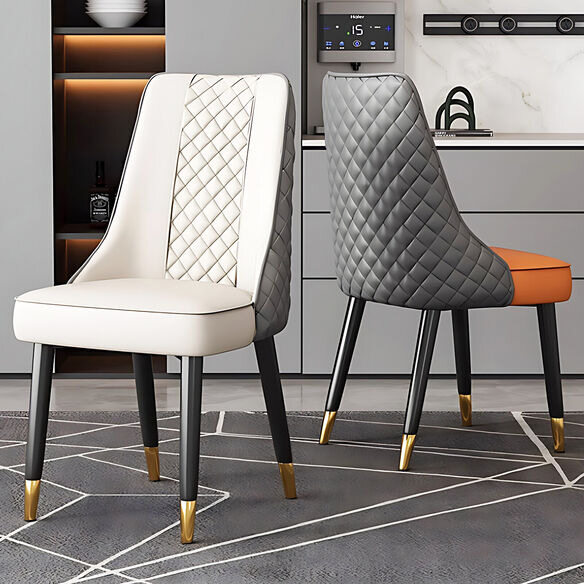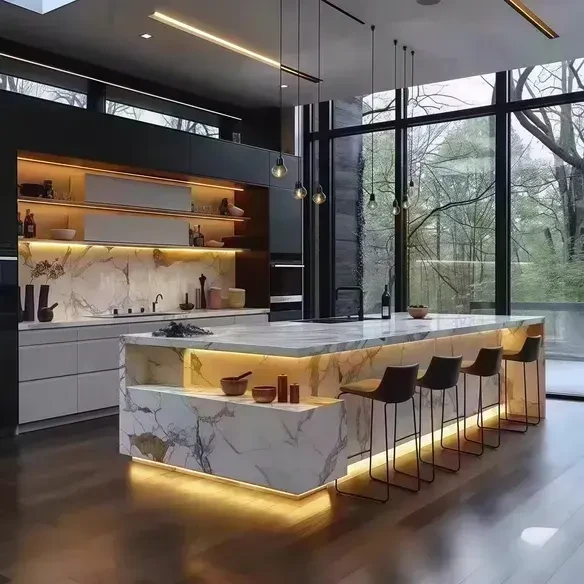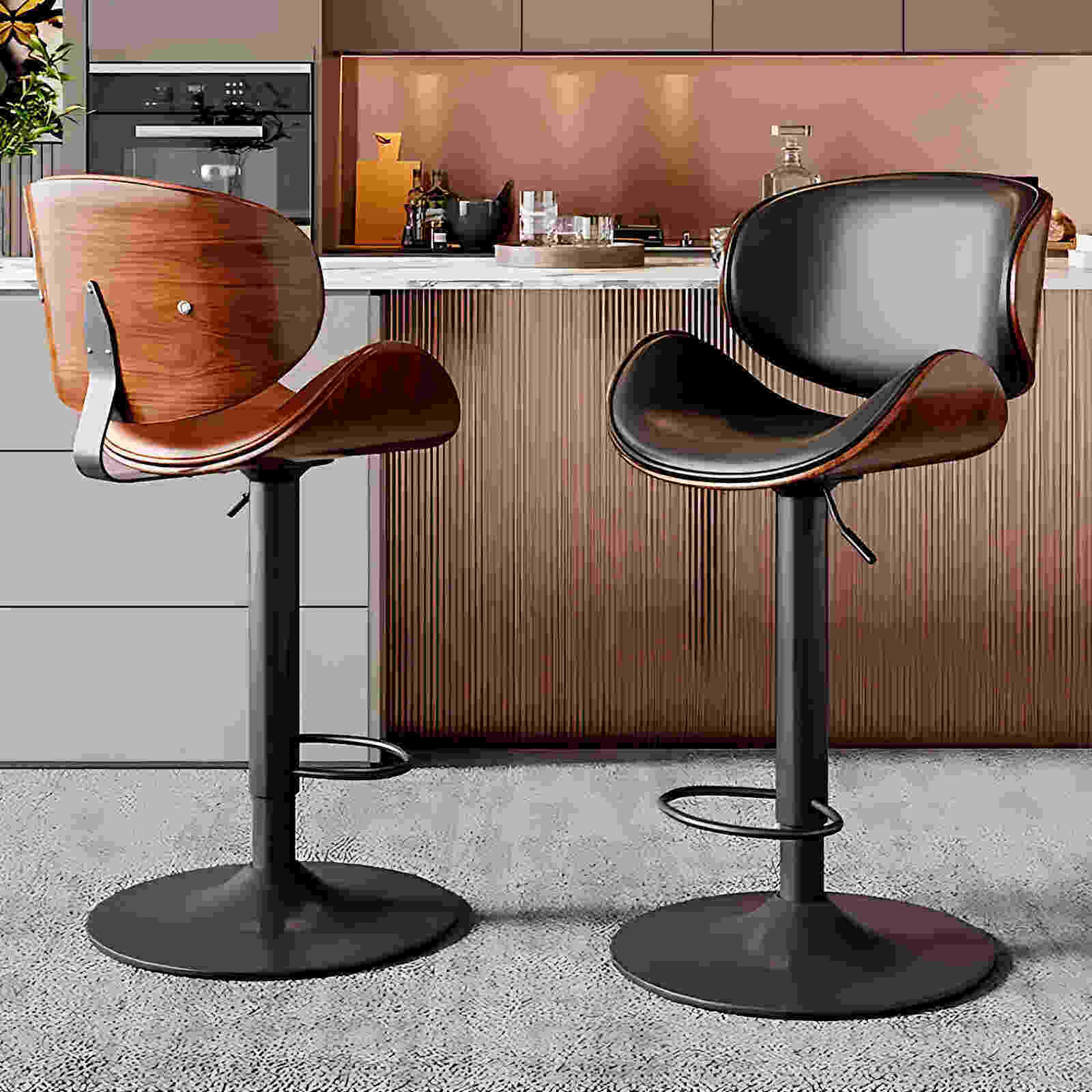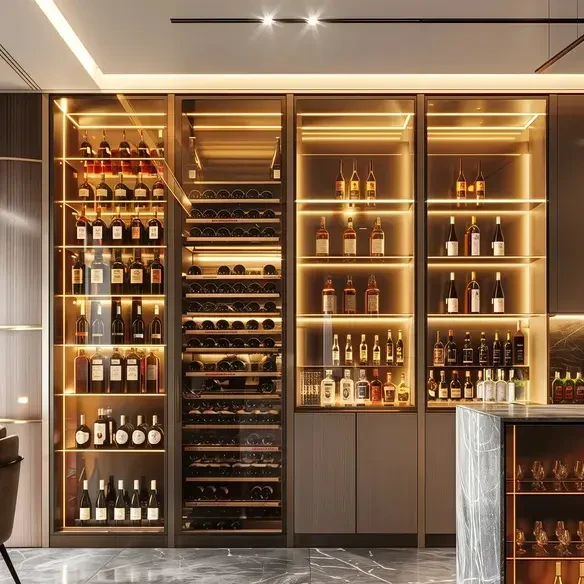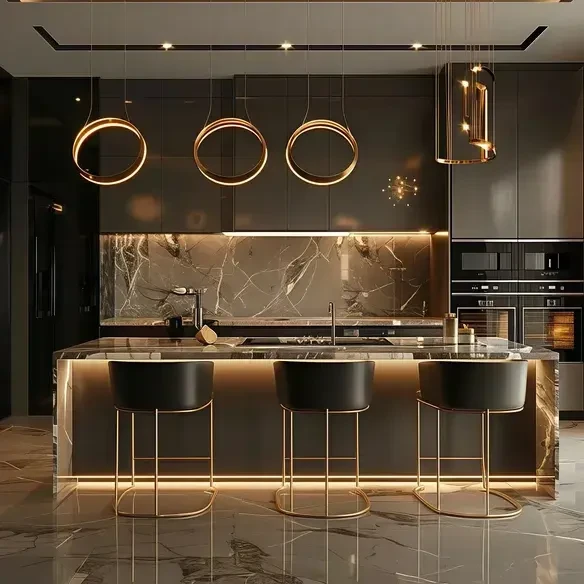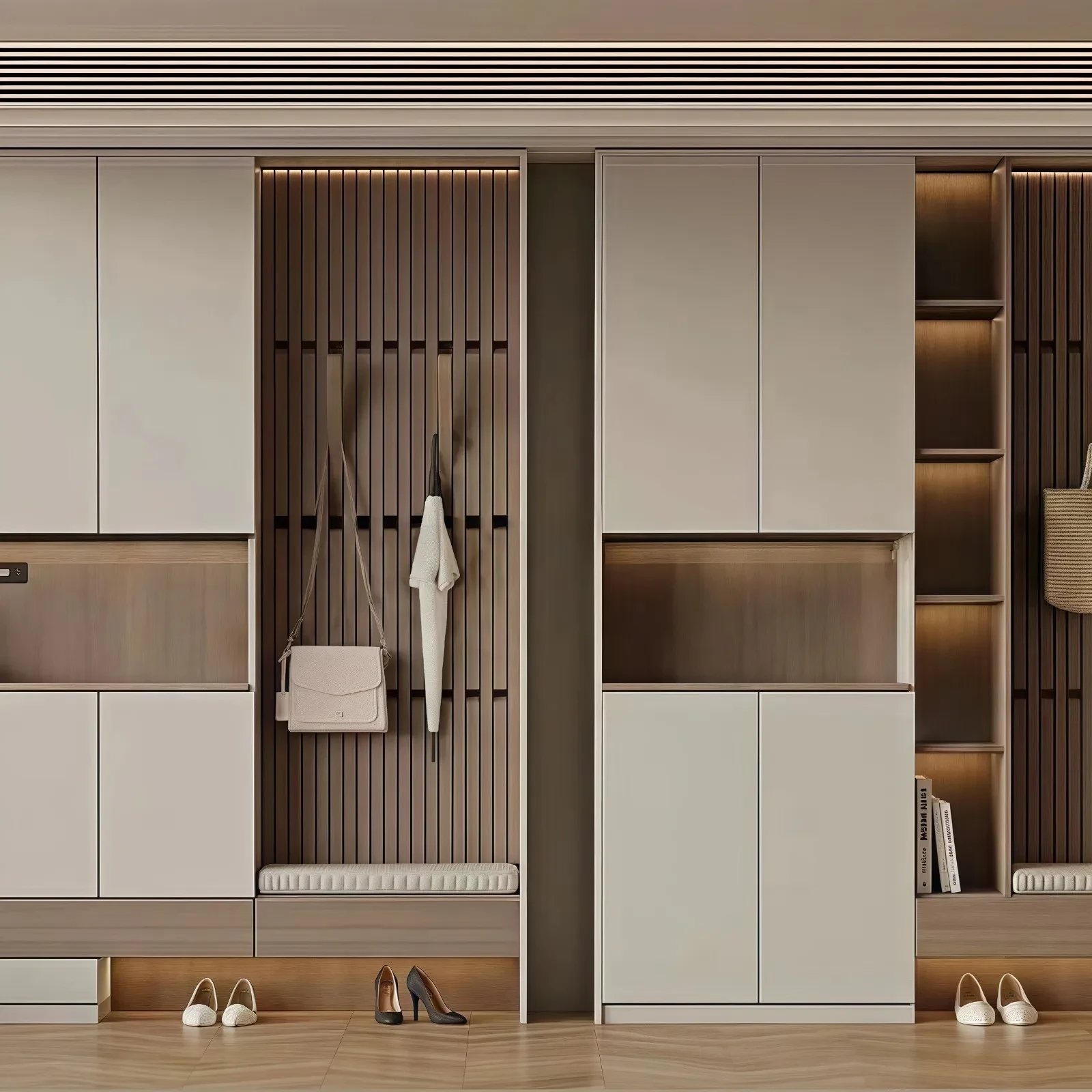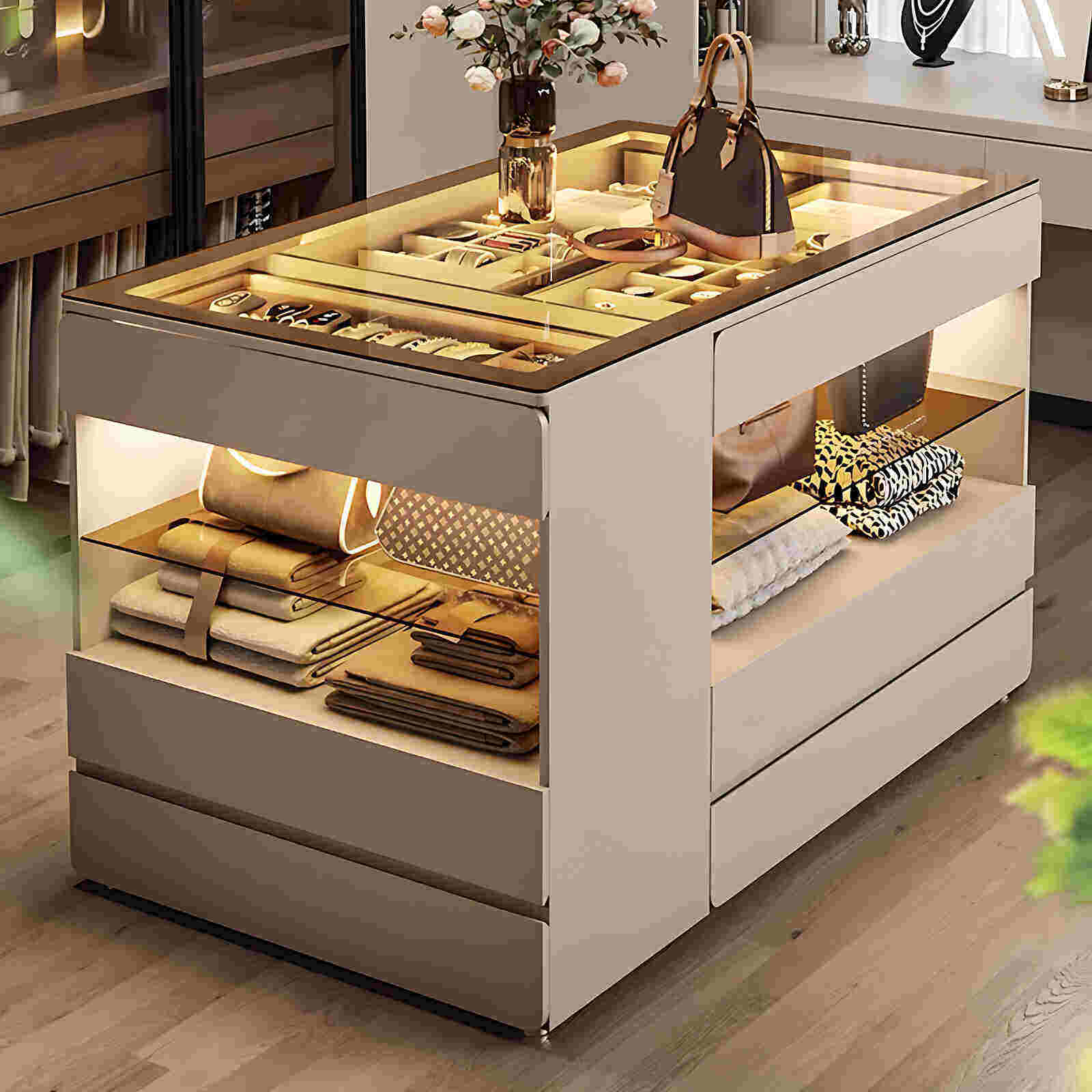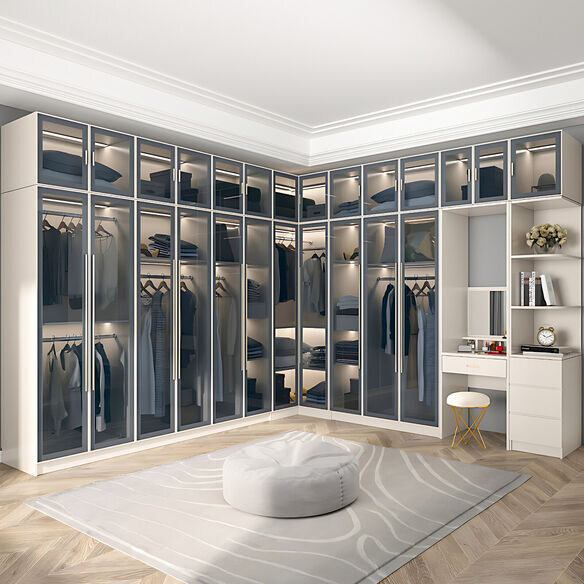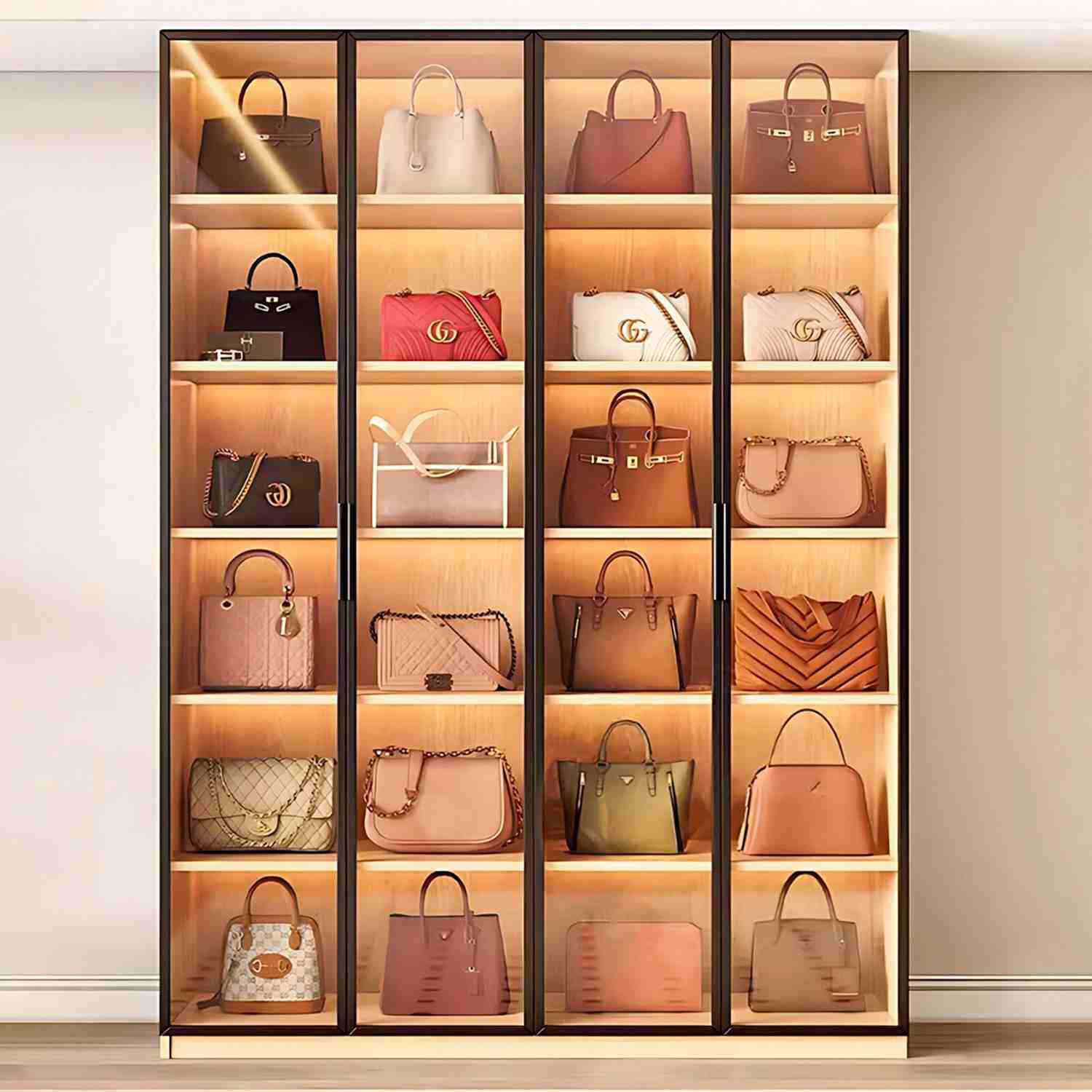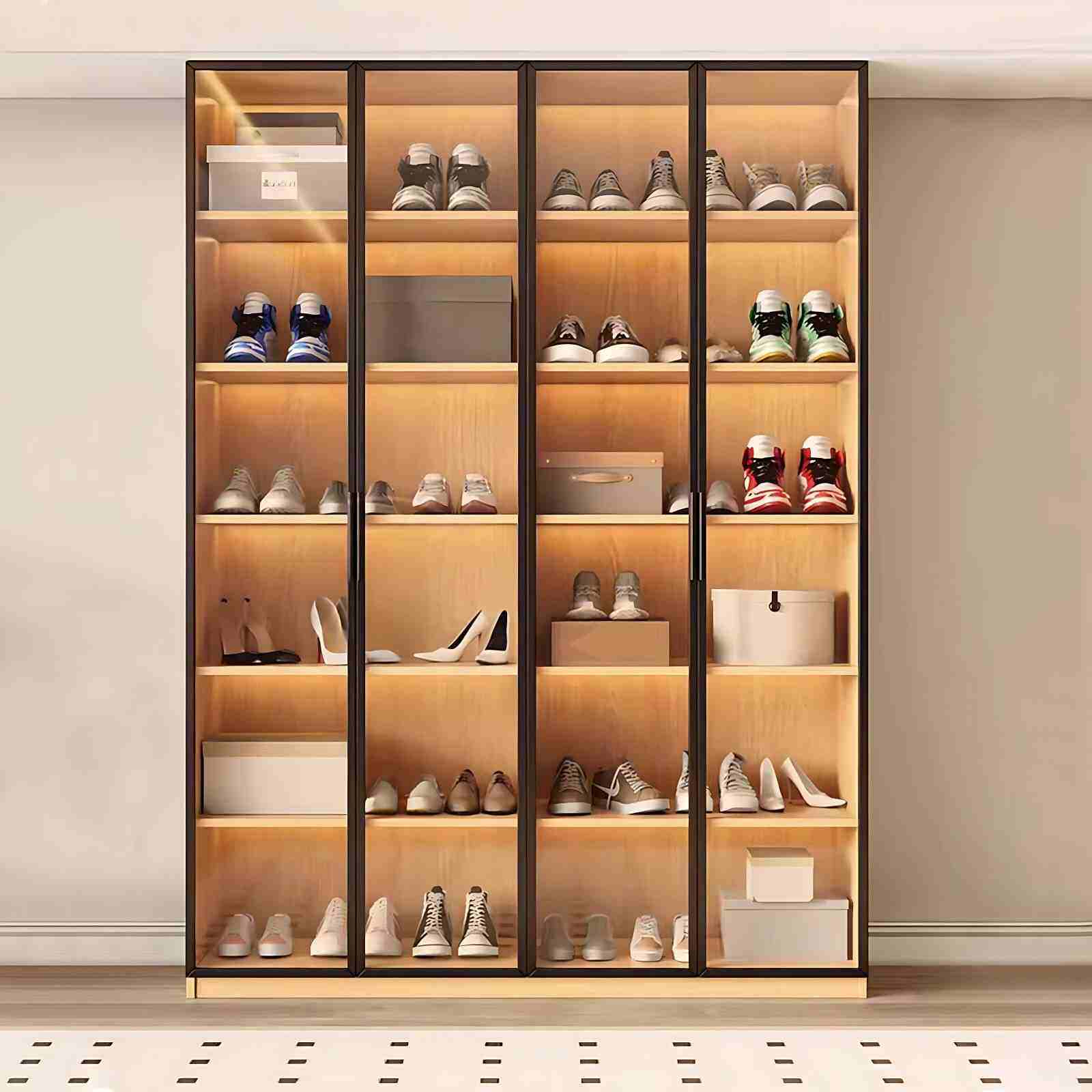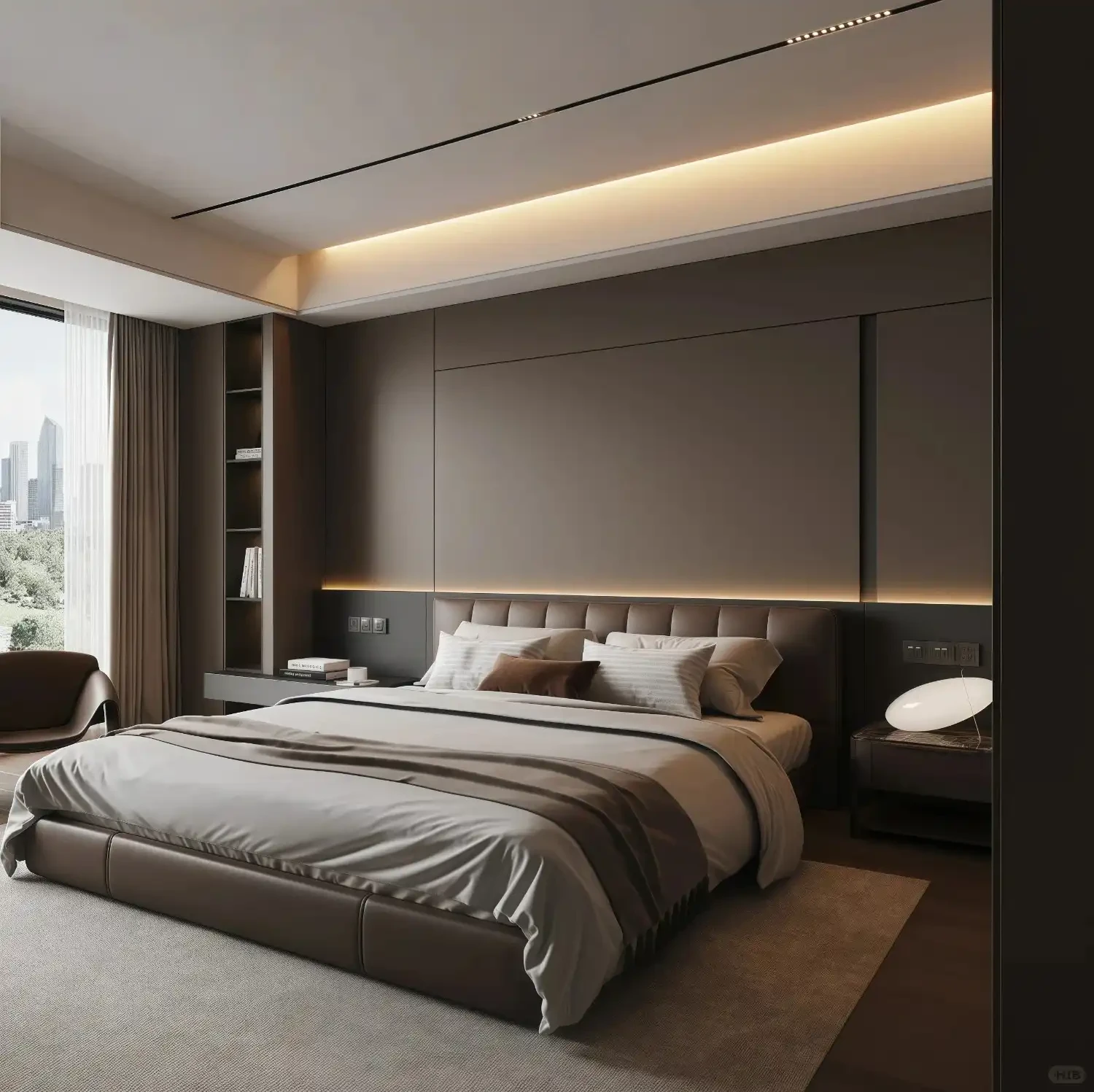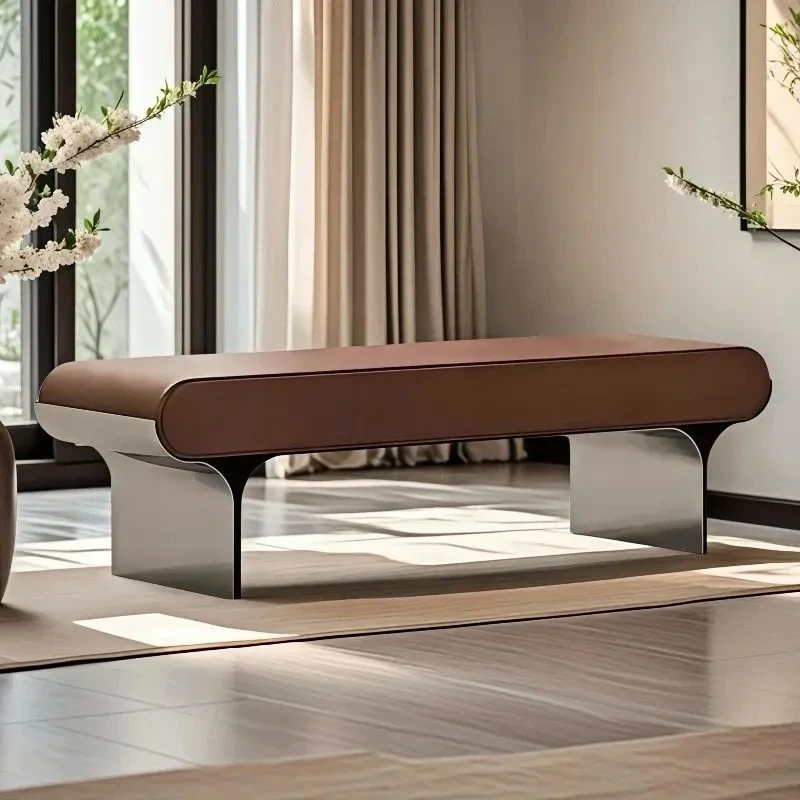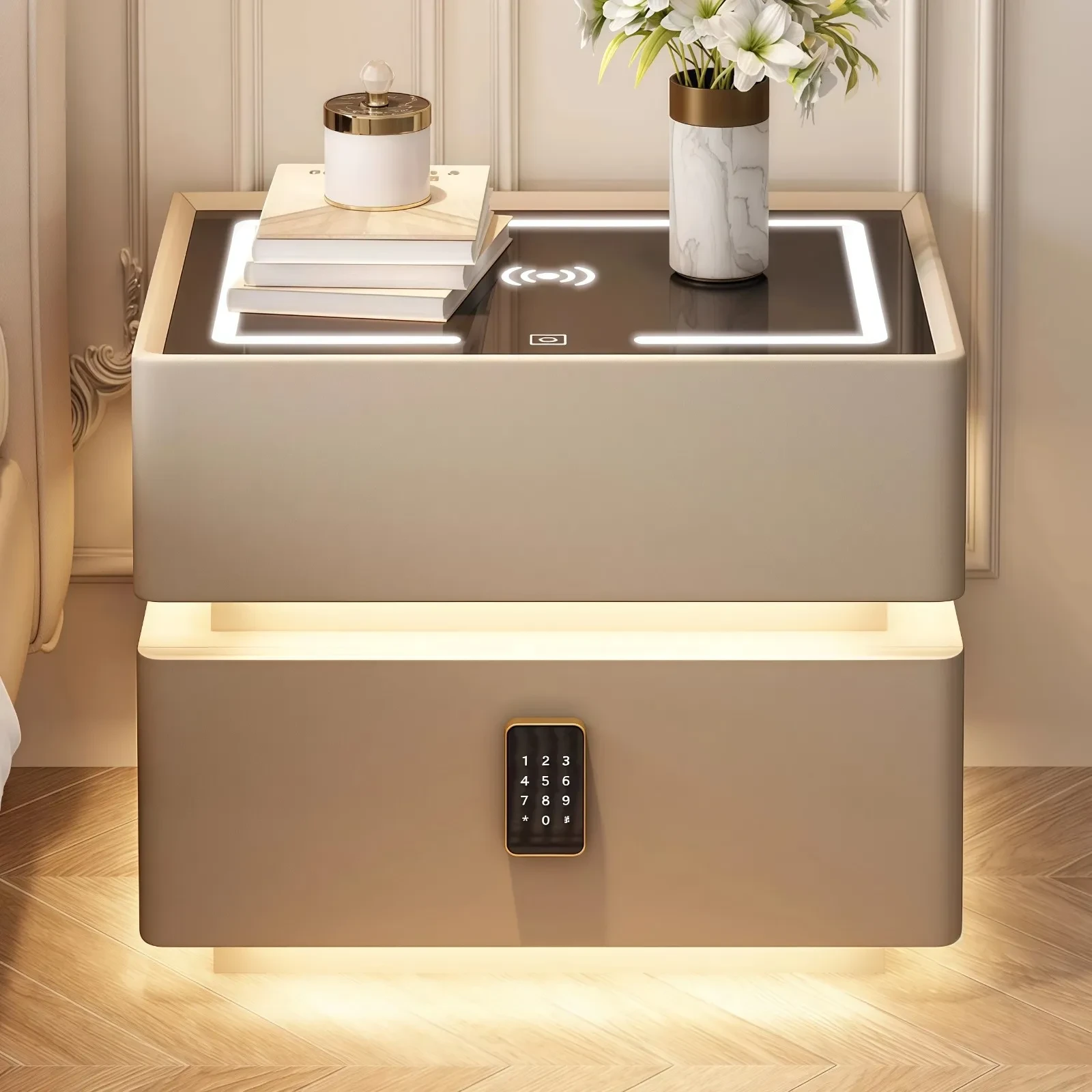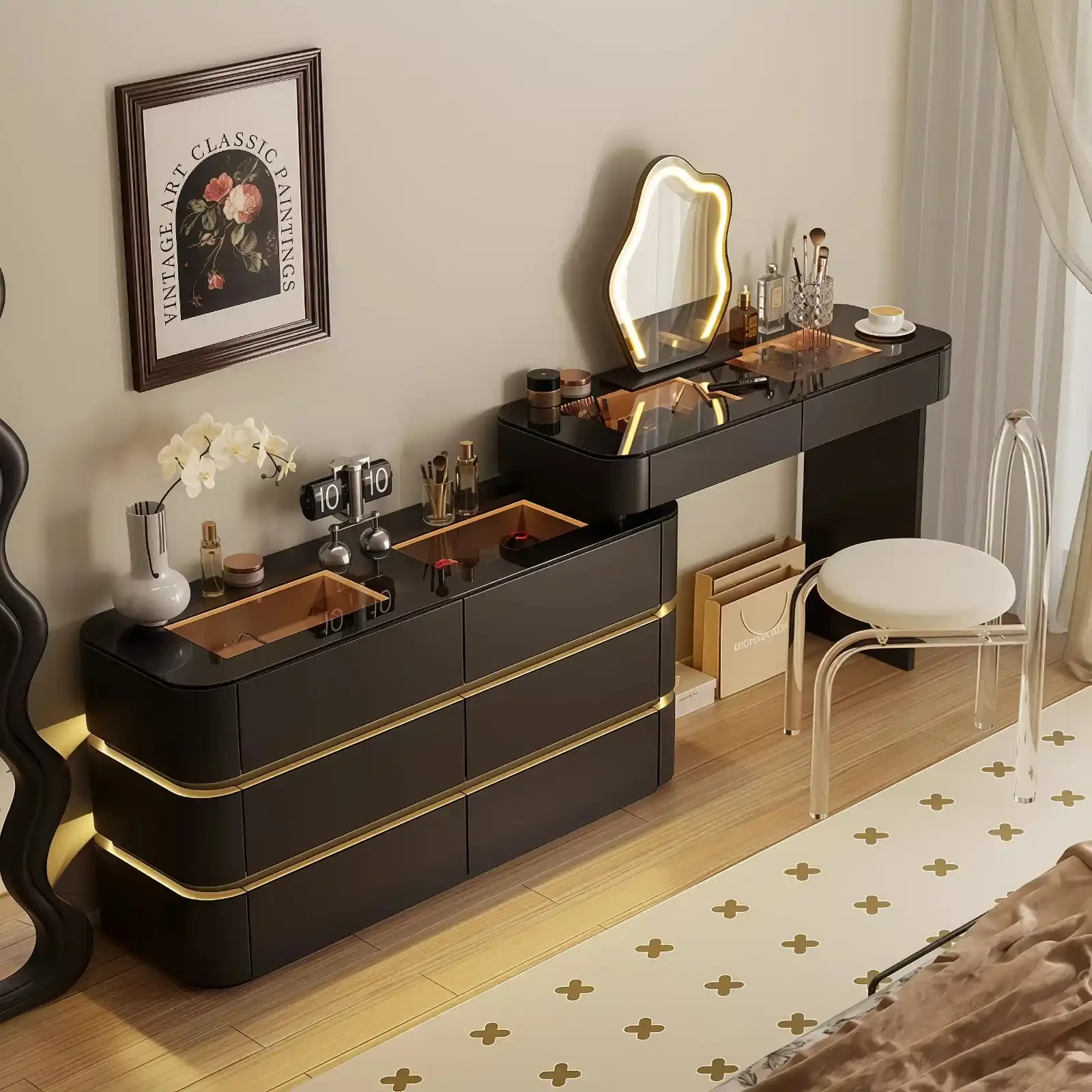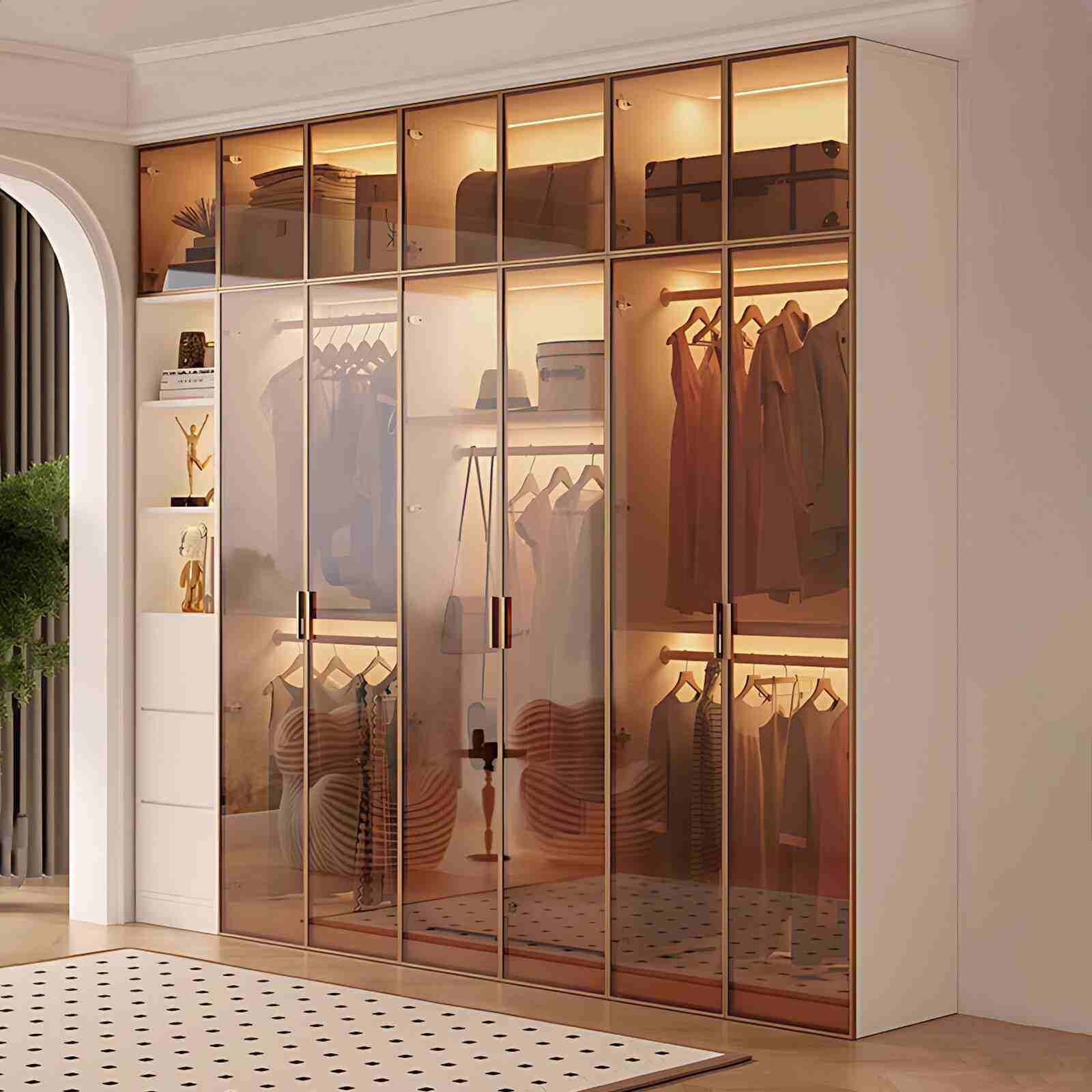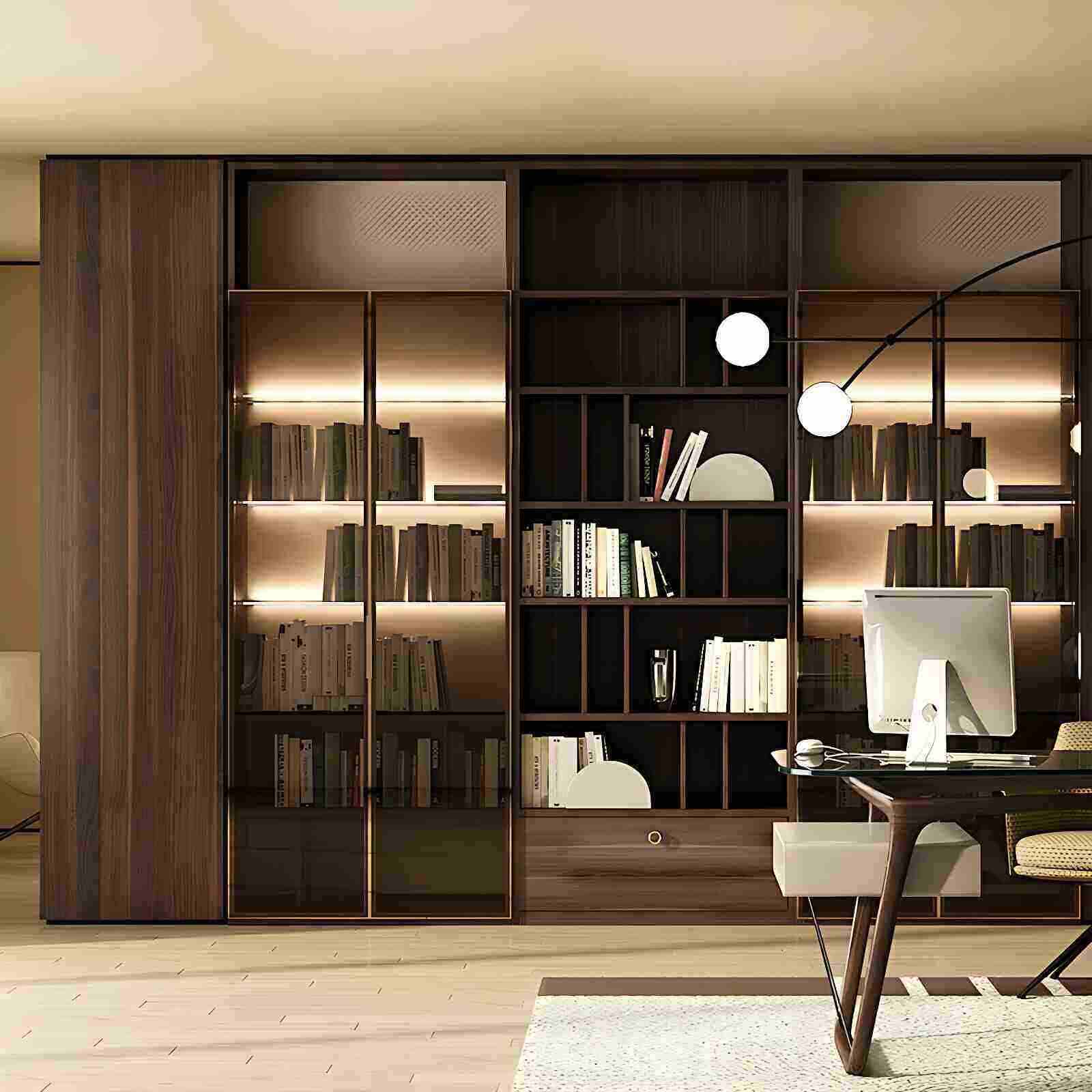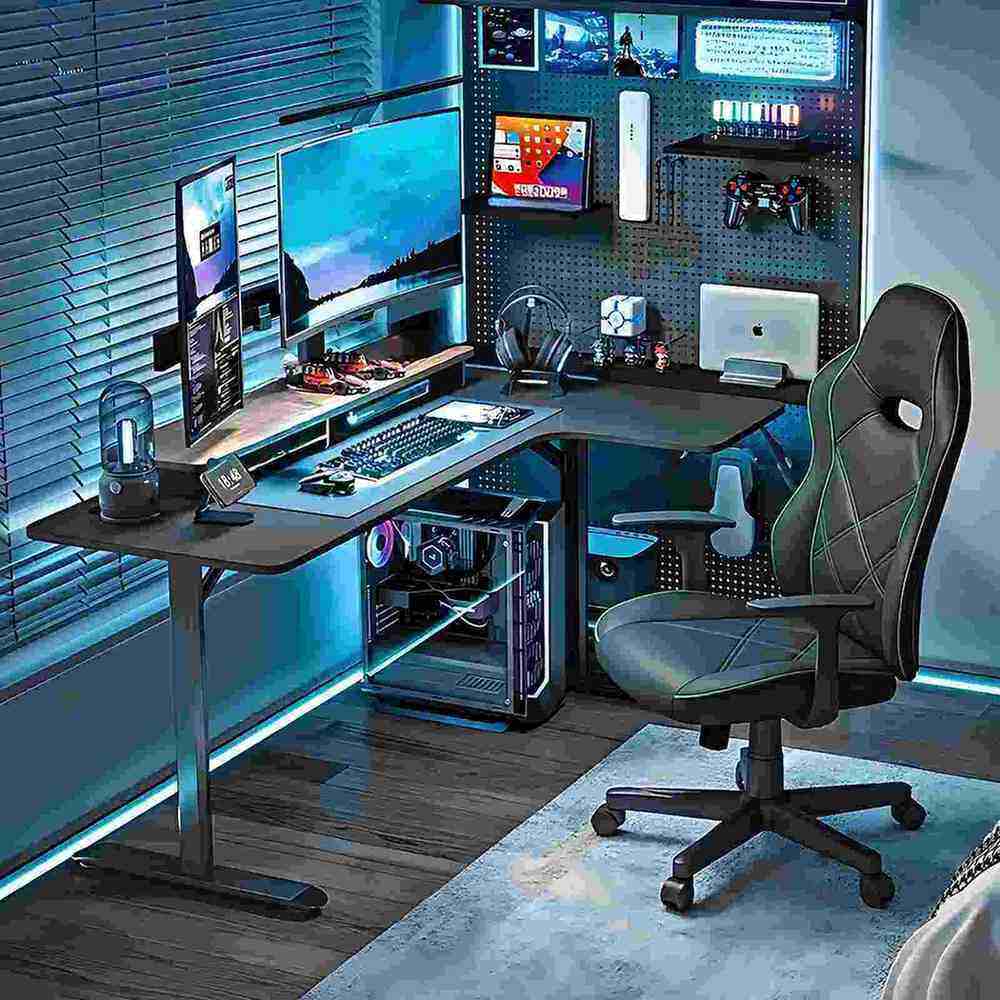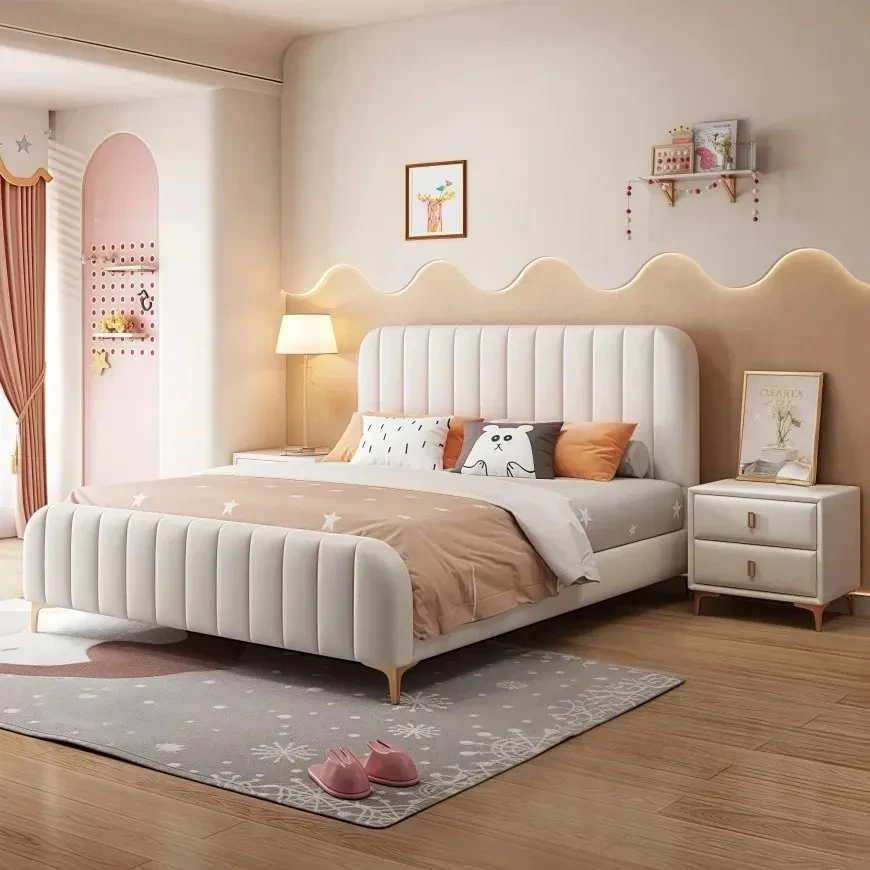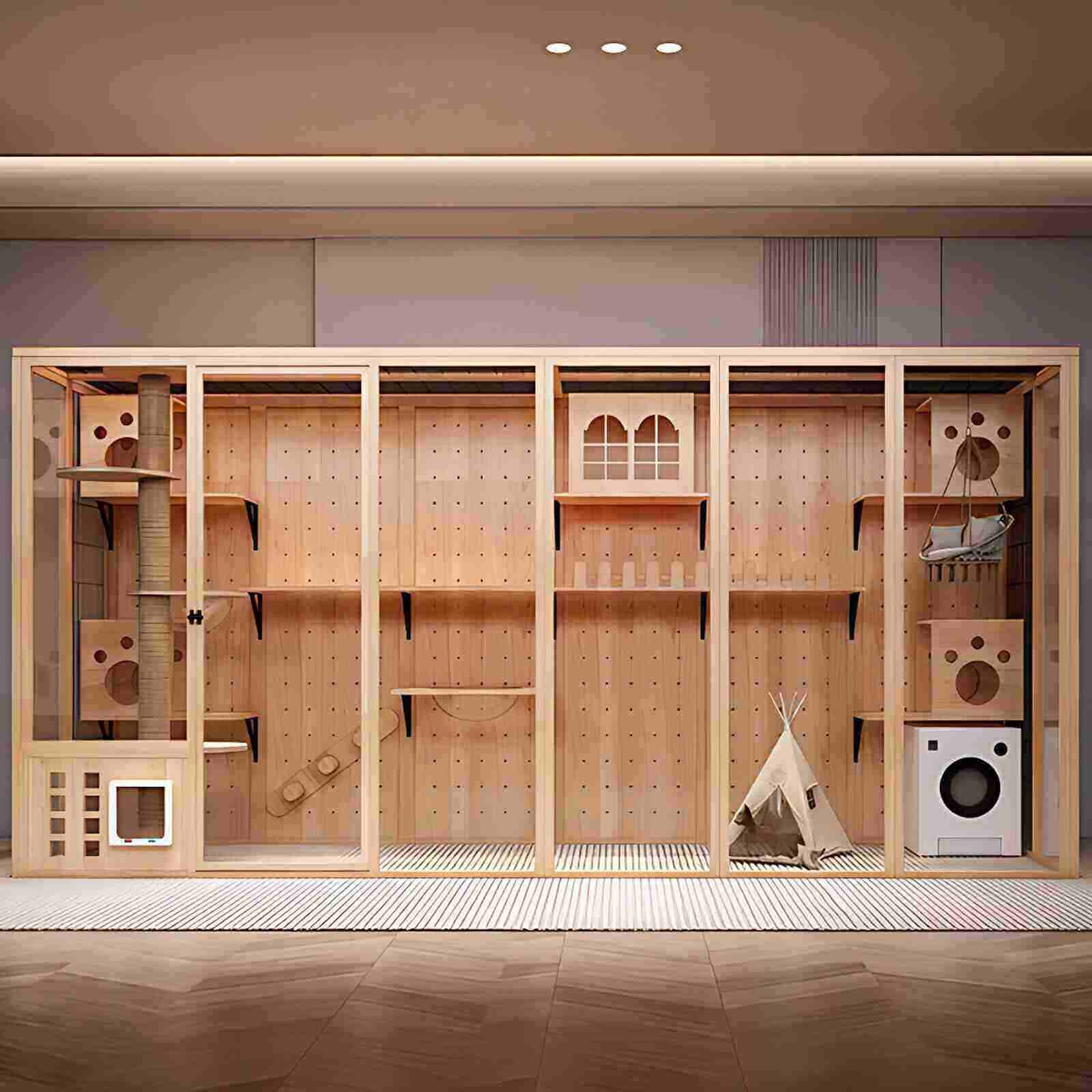As home design carries forward into the future, so do the details of storage spaces that serve vital functions but also set the tone for the livability and visual beauty of the houses in which they exist. When selecting the best storage solution for any of its bedrooms, dressing rooms, or guest areas, a homeowner must understand the fundamental differences between a closet vs wardrobe.
Each solution has different key attributes that lend themselves better to certain types of rooms. While the closet vs wardrobe comparison is easily made when looking at either structure, many designers and homeowners first focus on the appearance and access functions even before they talk about specific home layouts. When we call upon the not-so-tiny details that define both options, it will also make evident some hidden key principles of interior design that apply to any storage solution.
Structural Integration and Space Planning
In a room, walls are typically built with closets. A closet is an essential part of room architecture. Closets almost seem like built-in wall sculptures when designed to house the clean lines and melanges of modern life.
A closet is seamlessly integrated into the room, blending with the walls and utilizing vertical, hidden spaces to make the room feel complete, without disrupting the floor plan. It becomes part of the room’s design, offering a clean, uncluttered look that enhances the sense of order and simplicity.
Clad in hiding, the closet has the appearance of a simple figure that works with the vertical and horizontal order of a wall. Partly as a consequence of laws of physics, a closet is a stronger and more space-efficient figure; it has, somehow, more volume without more space.
Design Flexibility and Aesthetic Variation
When we compare the storage solutions visually, the true nature of wardrobes becomes evident. They are unapologetically what they are—pieces of furniture that make a statement—fashioned in a wide assortment of styles, finishes, colors, and sizes, and they are often used as central or near-central pieces in the rooms where they are situated.
Wardrobes can range from fully enclosed boxes with doors that swing open to tall, narrow designs that are far more open and accessible. Between these extremes—for there are indeed many wardrobe styles to consider—we can find pieces that serve not only to stow but also to show, pieces that are well suited for the sartorial whose high road extends well beyond the serviceable hinges and the structural integrity of its boxes.
Practicality, Access, and Internal Configuration
The closet, in contrast, maintains traditional design elements and is functionally similar to the wardrobe in that it allows for clothing to be hung and stored underneath. Each of these storage spaces has a sliding or opening door. The closet can house up to four types of labor-saving devices. The wardrobe can house a minimum of three.
Structure of Space
The closet can be any of three shapes and comes in two sizes. All types of closets can be expanded in length and fit into corners. The wardrobe cannot be expanded in length, fit into a corner, or be contracted in size. The closet can allow for a five-level storage array in length, as shown in the following diagram. Another advantage of the closet is internal organization; it can be equipped with more types of internal compartments at more levels.
Longevity, Maintenance, and Room Evolution
Generally, closets require more permanent construction; they aren't moved or redesigned without renovation work. Unlike wardrobes, which are sometimes described as being 'luxuriously designed', closets tend to last longer and blend better with the evolving interior styles of American homes, especially when homeowners choose neutral doors with multifunctional designs that look good in a range of styles and that adapt to whatever changes in paint, flooring, or furnishings might come in the not very distant future.
In all kinds of interiors, large and small, closets are the smart choice for long-term owners. They are maintained quite easily; after construction, just a couple of coats of quality paint (inside the space, of course) and the job is done. There are no wardrobe doors to get dirty or dusty if the top is left unoccupied.
Since a wardrobe is essentially an open storage solution, it offers a more flexible option compared to a closet. When considering closet vs wardrobe, the closet can often become disorganized and cluttered, whereas the wardrobe tends to maintain a more orderly and accessible appearance.
Transparent Customized Wardrobes with Compartmental Storage Armoires: This wardrobe has a clean and contemporary feel that will make any space feel more open and bright. Its aluminum-alloy frame and tempered glass front keep it light and airy while also ensuring maximum durability and security for whatever is being stored inside.
Recommendation
When it comes to finely crafted, modern, and sensible solutions, Suncharm stands out for its exceptional quality and beautiful design, whether the item in question is a closet vs wardrobe. Not only does Suncharm understand space management from a functional point of view, but it also has a deep and bespoke understanding of what makes storage visually appealing in the context of interiors. The first call to elegance in any interior is the storage. Suncharm’s wardrobes and closet systems meet both these criteria and more.

 USD
USD
 GBP
GBP
 EUR
EUR
